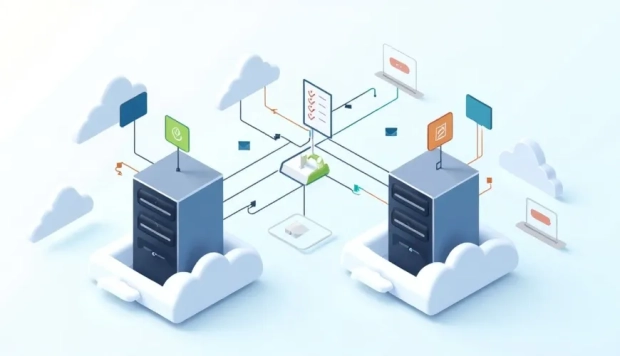Security and Speed: Balancing User Experience with Strong Authentication

You have probably signed into a service and felt that mix of relief and irritation. Relief that your account is safe. Irritated that it took so many steps to get in. The line between secure and annoying can be thin, especially when users expect everything to work instantly.
If you add too many security layers, people may get frustrated. If you don't add enough, you risk becoming the next headline for a breach. Did you know that nearly 60% of users abandon an app or site because of a poor login experience? That's a huge loss for something so early in the journey.
This article breaks down how you can keep your authentication strong without slowing people down.
The Login Screen Sets the Tone
The first time someone interacts with your product, they usually land on the login or sign-up page. That moment shapes how they view your entire brand. If the experience is smooth, it builds confidence.
But moving fast is not enough. A quick login that skips key security steps can be risky. That is where so many companies miss the mark.
A well-designed entry point shows that you care about both ease and safety. People are quick to judge based on how something feels, especially during the first few seconds. You may never get another chance to make that impression count.
Choosing the Right Framework for Your Needs
Your authentication setup plays a bigger role than just guarding the login screen. It affects how users sign in, how quickly your team can ship updates, and how well your system adapts as you grow. Popular tools like Auth0 and Clerk approach this differently. Auth0 gives more control for customized flows, while Clerk focuses on simplicity with ready-to-use components that speed up development.
If you are deciding between them, a detailed comparison like Auth0 vs Clerk can help you see how each one handles flexibility, setup, and the overall user experience. You might also consider options like SuperTokens, which offer a good balance of control and ease of use. It supports secure, customizable flows and is flexible enough for both small teams and complex products that need more than an out-of-the-box solution.
Weak Sign-ins Are a Big Risk
It is easy to assume that fewer steps mean a better user experience. But when it comes to security, shortcuts can backfire. Basic logins using only a password offer little protection anymore. Passwords are easy to guess, often reused, and many have already been exposed through data leaks.
Your users may not know this, but they expect you to take care of it. That is why a smarter system is necessary. The real danger is not what users see but what happens behind the scenes. One weak access point can compromise entire networks. If your protection fails early, fixing it later will cost far more than a few seconds of extra login time.
Make Authentication Smarter, Not Slower
Adding layers to security doesn't mean you have to slow everything down. What works better is an approach that pays attention to context. Is the user on a familiar device? Are they logging in from their usual location? Do their actions match past behavior?
When something feels off, the system can step in and ask for a little more. But when everything checks out, there's no reason to add extra steps. It's about knowing when to stay quiet and when to speak up.
Over time, smarter systems learn from how people interact. They adapt. They notice patterns. That means even as threats change, your platform stays one step ahead—quietly doing its job without getting in the user's way.
Do Not Sacrifice Thoughtfulness for Speed
It is easy to think that faster is always better, especially with login screens. But speed without care can backfire. A good system knows when to step aside and when to step in.
If someone is logging in the same way they always do, let it be quick. No one wants to jump through hoops when nothing's changed. But if that same person logs in from a new phone in another state, a second look is worth it.
This isn't about slowing people down. It is about knowing when to be careful and when to get out of the way. That's how you stay both smart and user-friendly.
Final Thoughts
People want things to work without having to think too much about them. A login that does its job quietly helps users feel like they are in the right place. It should not stand out. It should just work. When something feels that natural, it shows there was real care behind it. Strong systems are not always the ones you notice. Often, they are the ones you never have to worry about. That is the kind of experience worth aiming for.



